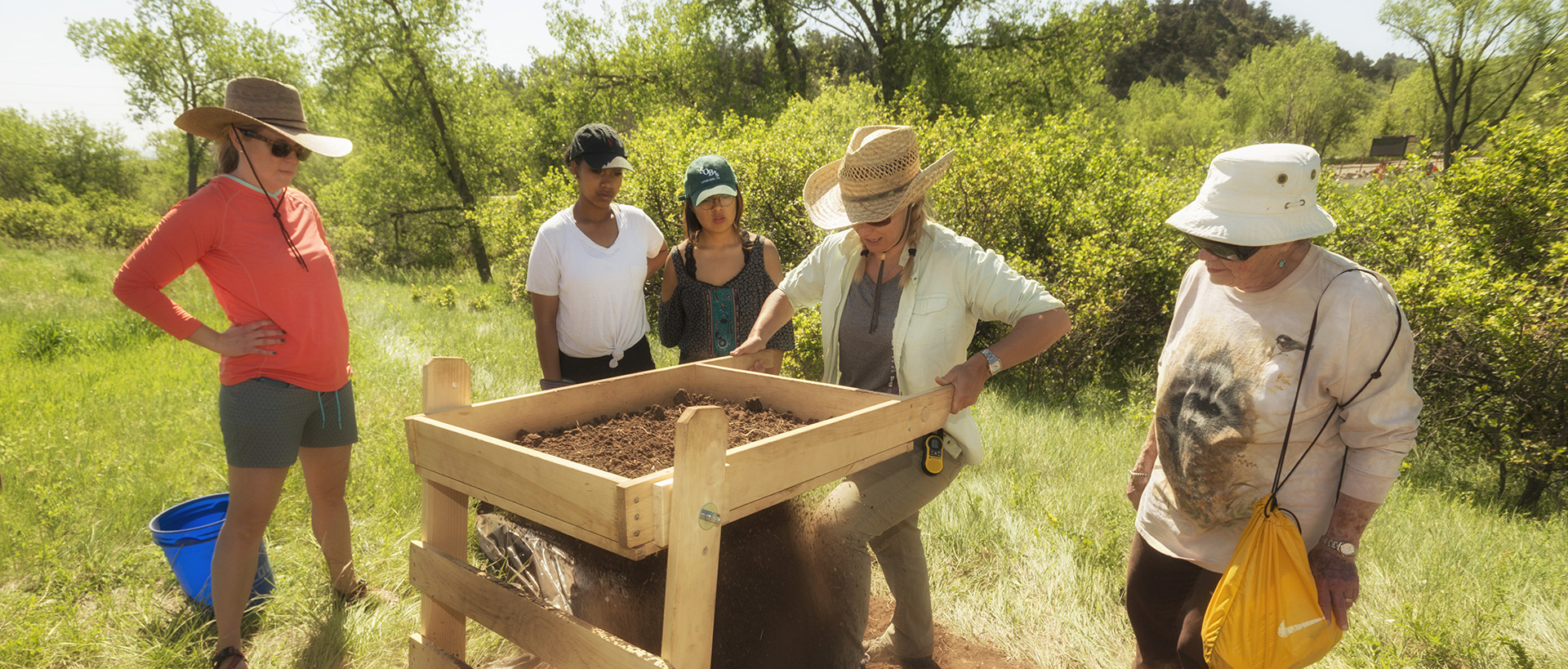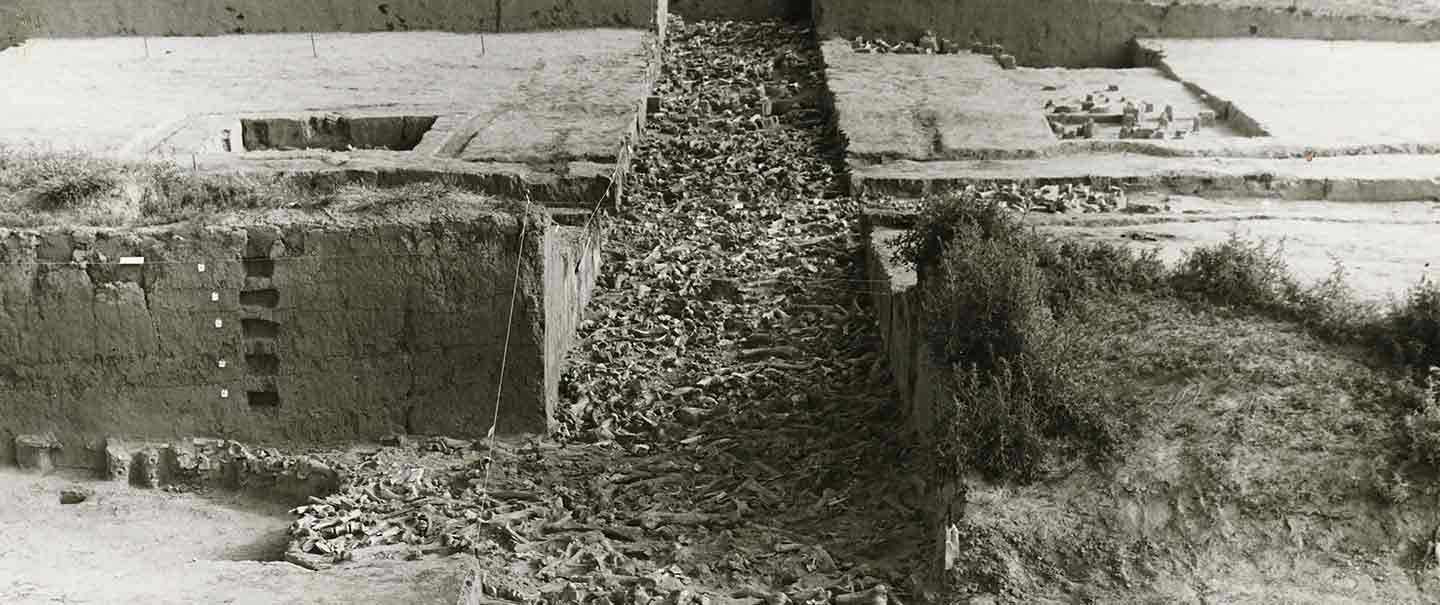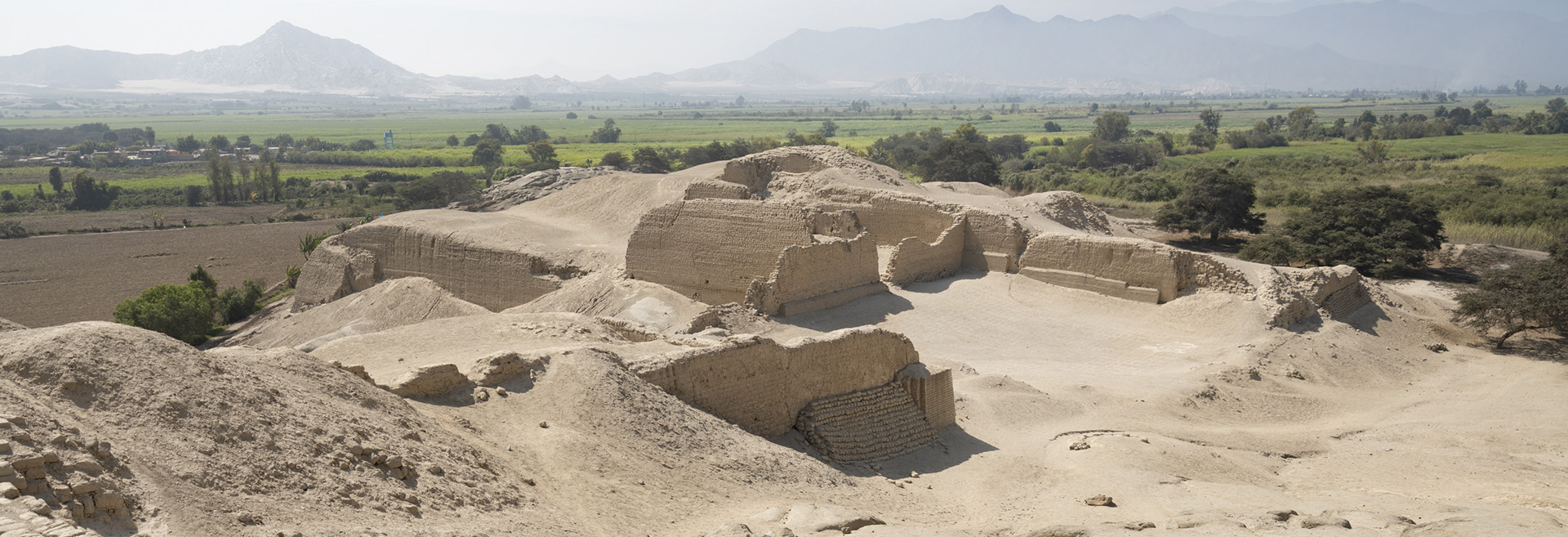Amy Gillaspie is an archaeologist and research scientist with experience in Colorado, North Dakota, Peru, France, and Belize. Her Master’s Thesis research focused on a collection of Classic Period Maya figurines and musical instruments that were ritually included as offerings in terminal deposits across both households and at monumental architecture groups at the site of Baking Pot, Belize. This research led her to study human behavior and adaptations during times of social upheaval and change as seen in the archaeological record. Recently, Amy has worked as a Project Archaeologist for the Paisajes Arqueológicos de Pañamarca in the Ancash Region of Peru, and has worked with the Department of Defense POW/MIA Accounting Agency in northern France, working to recover a US soldier lost in combat during World War II. Additionally, Amy has co-led excavations at historic Denver metro sites, including the Astor House in Golden and the Wooton site on the Auraria Campus in Downtown Denver. Here at the Denver Museum of Nature & Science, Amy’s work has focused on managing and rehousing legacy collections, including the important Jones-Miller site collection, an 11,000-year-old bison butchery site from eastern Colorado, excavated by the Smithsonian and National Geographic in the 1970s.
Astor House
In Summer 2021, the Astor House Community Archaeology Project (AHCAP) took place in an exciting collaboration between the Denver Museum of Nature & Science, Metcalf Archaeological Consultants, and the new leasee of the historic building, Foothills Art Center. Opened in 1867 in Golden, Colorado, the Astor House was at various times both a hotel and boarding house until 1971, at which point it was saved from being torn down by community efforts and the Golden Landmark Association. It then reopened as the Astor House Hotel Museum where visitors learned about the 104-year history of the boarding house. After closing in 2015, the City of Golden worked to find new use for the beloved and historic building. In 2022, Foothills Art Center will house artists, classrooms, galleries, and offices in the National Landmark building.
Over three weeks in June and July 2021, 29 volunteers uncovered over 20,000 artifacts from targeted excavations in the backyard of the building. These artifacts tell of the long history of the boarding house and museum, and include remains of foods cooked and served at the house, trash and refuse, and personal items, including coins, buttons, and combs. Volunteers included archaeologists from local Cultural Resource Management firms, as well as many students representing Colorado School of Mines, Colorado State University, University of Colorado Denver, University of Denver, and Community College of Denver. Before closing and refilling the three excavation units, Community Connections, LLC gave sold out tours to the public during Foothills Art Center Art Week, where in just two days over 200 guests saw the finished and open excavation units, learned about archaeology, stratigraphy, and the artifacts recovered, toured the interior of the building, and learned about the future plans for the space as an artistic and community hub from Foothills Art Center.
Artifact analysis is coming to a close and more information on the findings will be available soon. For updates check the official project Instagram page at @astorhousearchaeologyproject or reach out to Project PIs, Amy Gillaspie and Dr. Michele Koons!























